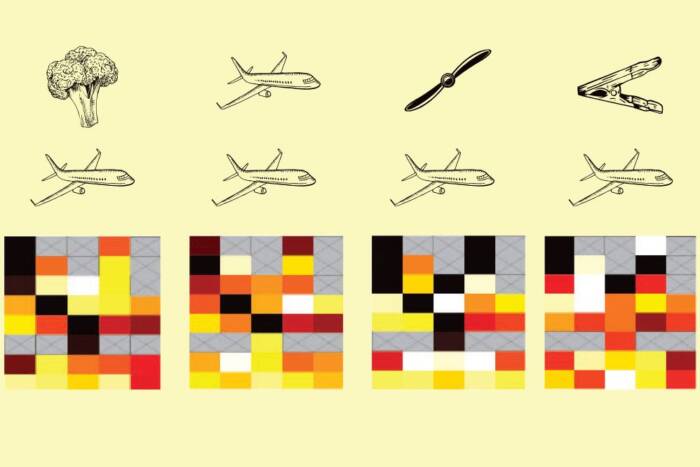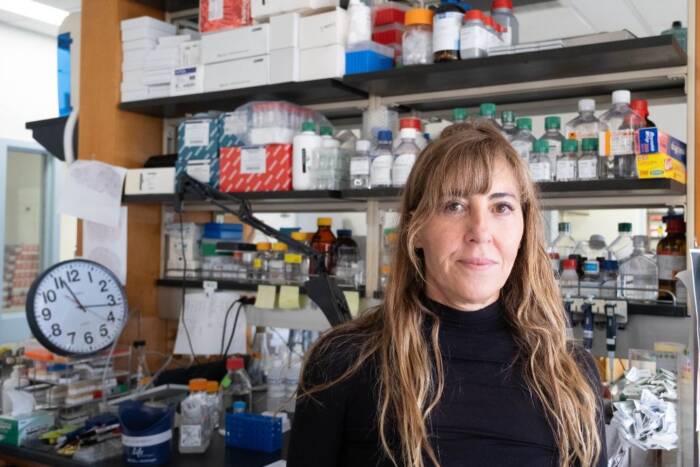Researchers discover new aspect of gene regulation and a possible target for cancer drugs
There are about 20,000 genes in the human genome, but not all are used in all cells at all times. At any given moment, a cell is converting only roughly half its genes into proteins. And of those active genes, about 75 percent are regulated by a process known as “RNA polymerase pausing.”
This critical from of gene regulation occurs when an enzyme that transcribes the DNA hesitates at the beginning of the gene. Much like a runner at the start of a race, this molecular machine is poised to take off, but waits for the official signal.
In work published on December 11 in Science, Rockefeller University researchers and their collaborators describe a critical new regulator that helps restart a stalled RNA polymerase.
The research, led by Robert G. Roeder, Arnold and Mabel Beckman Professor and head of Rockefeller’s Laboratory of Biochemistry and Molecular Biology(opens in new window), helps to explain how some of the most promising new cancer therapeutics act in the cell and could facilitate future drug development.
The human body is made up of more than 200 different cell types, and the specific complement of genes that are active defines one cell type from another. A skin cell uses different genes than a neuron, just as a healthy cell activates different genes than a leukemia cell.
Because gene regulation is so important, the cell uses a highly intricate, multi-step process to convert the genes encoded in our DNA into proteins. In one of the earliest steps, a molecular machine called RNA polymerase II races along the gene, transcribing the DNA letters into a message, RNA, that can later be translated into proteins.
More than a decade ago, researchers discovered that RNA polymerase II can pause at the beginning of genes.
“Most cells use around half their 20,000 genes at any given time,” explains co-first author Ming Yu, a postdoc in the lab. “RNA Polymerase II is paused at about 75 percent of those genes, making it a very important form of gene regulation for the cell.”
In the recent study, the team sought to identify new regulators that release the paused polymerase. They identified a complex of six proteins, known as PAF1C, that is essential for the polymerase to launch across the gene.
“In the past, researchers thought that PAF1C functioned much later in transcription,” says Roeder, “but we have found a novel role for the complex at the very beginning, in the release of the poised transcription machinery.” In experiments in which they reduced PAF1C levels in cells, the team found that RNA polymerase II failed to release and remained paused at the start of the gene.
The extended pause has a significant effect on gene expression. “We found that reducing PAF1C affected pausing on more than 5,000 genes,” says Yu, “and that this in turn resulted in significant changes in expression levels for many of these genes.”
This work has implications beyond understanding how genes are regulated, according to the researchers. Several promising cancer therapeutics in clinical trials, most notably for certain leukemias, inhibit key regulators of polymerase pausing. “Our study offers further insight into how those inhibitors work,” says Roeder, “and it is likely that this knowledge will facilitate the development of more specific inhibitors that fight cancer by targeting additional aspects of polymerase pausing and release.”


